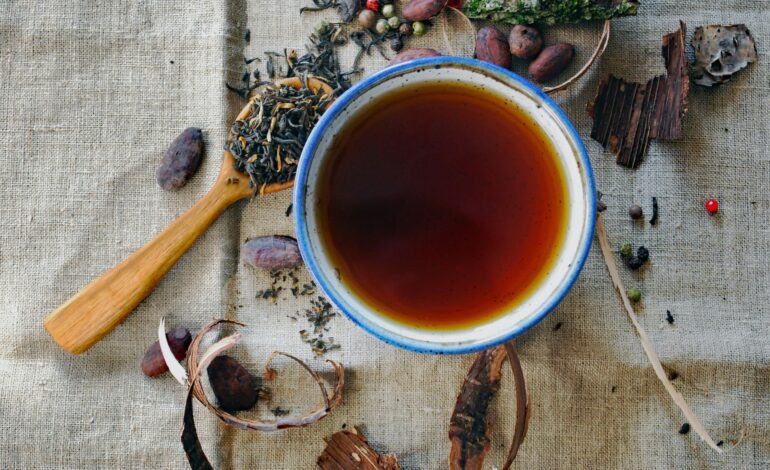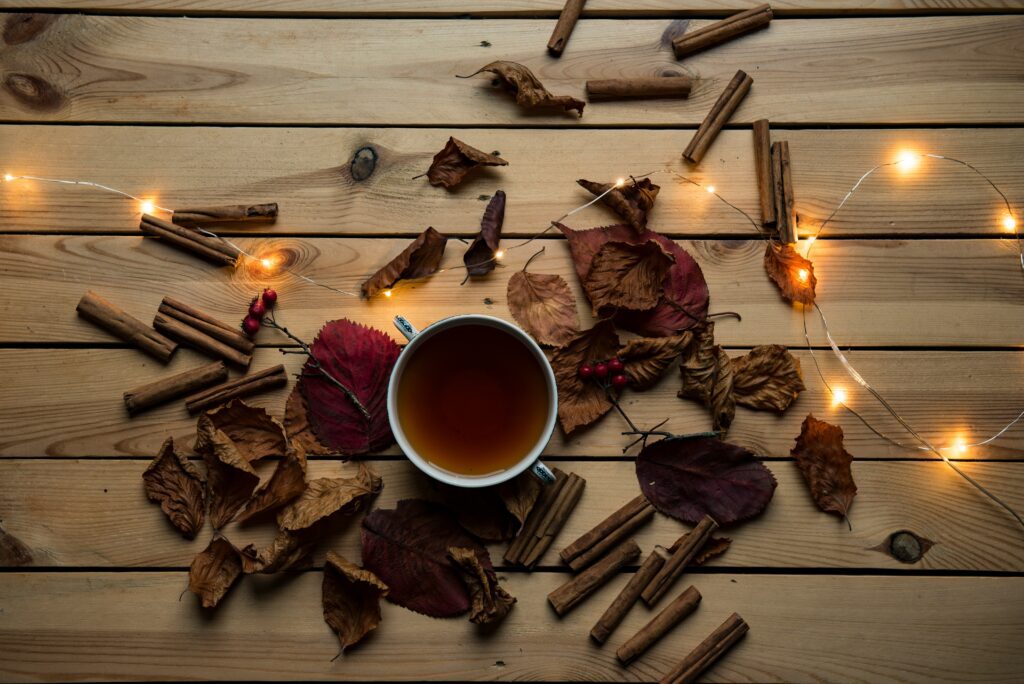What Is the Tea Used in Chinese Restaurants? A Flavorful Guide

Introduction to Chinese Restaurant Teas
Chinese restaurants commonly serve tea as a welcoming beverage, enhancing the dining experience. But what is the tea used in Chinese restaurants? The most popular choices include jasmine tea, oolong tea, green tea, and pu-erh tea, each offering a unique flavor and health benefits. This guide explores the types of tea, their significance, and how they complement Chinese cuisine.
The Tradition of Serving Tea in Chinese Restaurants
Tea has been an integral part of Chinese culture for centuries. Chinese restaurants uphold this tradition by offering tea as a symbol of hospitality. Whether it’s jasmine tea for its floral aroma or pu-erh tea for digestion, tea enhances the flavors of the meal while offering relaxation.

3. Most Popular Teas in Chinese Restaurants
- Jasmine Tea – A fragrant green tea infused with jasmine flowers
- Oolong Tea – A semi-fermented tea with a smooth, rich taste
- Pu-erh Tea – A fermented dark tea known for aiding digestion
- Green Tea – A light, refreshing tea full of antioxidants
- Chrysanthemum Tea – A caffeine-free herbal option with floral notes
Why Do Chinese Restaurants Serve Tea?
Tea is served in Chinese restaurants for several reasons:
- Enhances digestion – Especially pu-erh and oolong tea
- Balances flavors – Green and oolong teas cleanse the palate
- Cultural significance – A symbol of hospitality and respect

Jasmine Tea – The Most Common Choice
Jasmine tea is the most widely served tea in Chinese restaurants. This light green tea infused with jasmine flowers provides a soothing aroma and mild sweetness. It pairs well with dim sum and light dishes, making it a favorite among diners.
Oolong Tea – A Balanced and Aromatic Option
Oolong tea, a partially fermented tea, offers a balance between green and black tea. It has a complex, smooth flavor that complements spicy and fried dishes. Many Chinese restaurants serve Tieguanyin Oolong, known for its floral and creamy notes.
Pu-erh Tea – The Best Tea for Digestion
Fermented and aged, pu-erh tea is rich and earthy. It is often enjoyed after heavy meals, as it aids digestion and reduces bloating. Traditional Chinese medicine considers pu-erh beneficial for gut health.

Green Tea – A Light and Refreshing Choice
Many Chinese restaurants serve simple green tea, such as Dragon Well (Longjing) or Gunpowder Green Tea. Green tea is packed with antioxidants, making it a healthy choice that pairs well with seafood and vegetables.
Chrysanthemum Tea – A Caffeine-Free Alternative
For those who prefer caffeine-free options, chrysanthemum tea is a common choice. Made from dried chrysanthemum flowers, this tea has a sweet, floral taste and is known for its cooling properties, making it ideal for spicy dishes.
How to Order Tea at a Chinese Restaurant
When dining at a Chinese restaurant, you can usually request a specific type of tea. Some restaurants automatically serve jasmine or oolong tea, but you can ask for:
- Pu-erh Tea – If you want a strong, earthy flavor
- Green Tea – If you prefer a light and fresh taste
- Chrysanthemum Tea – If you want a caffeine-free option
Health Benefits of Chinese Restaurant Teas
- Aids digestion – Pu-erh and oolong teas improve gut health
- Rich in antioxidants – Green and oolong teas boost immunity
- Promotes relaxation – Jasmine and chrysanthemum teas have calming effects
Conclusion – The Perfect Tea for Your Meal
So, what is the tea used in Chinese restaurants? It depends on the restaurant, but the most common options include jasmine, oolong, pu-erh, and green tea. Whether you’re looking for a floral aroma, a rich taste, or digestive benefits, Chinese restaurant teas offer something for everyone. Next time you visit a Chinese restaurant, enjoy a cup of traditional tea for an authentic dining experience. Thenews38.com





